
Train and Deploy Industry‑Leading Generative and Traditional AI.
Data and AI are inextricably linked. We bring 35+ years of data and domain expertise to your AI initiatives. Seven of the world’s largest tech companies trust Innodata for their AI needs.


















Explore Innodata’s Solutions
Generative AI
Develop data to train and refine existing and pre-trained models for task taxonomies. Create large-scale training datasets and golden datasets for supervised fine-tuning.
Rely on human experts-in-the-loop to improve hallucinations and edge-cases with ongoing feedback to achieve optimal model performance.
Address model vulnerabilities, rigorously test and optimize models to ensure safety and compliance, expose model weaknesses, and improve responses to real-world threats.
Collect or create diverse datasets tailored to your needs through natural collection, synthetic generation, studio capture, and on-the-ground collection to train generative AI models.
Coming Soon: Develop advanced LLMs with our GenAI Platform for supervised fine-tuning, prompt writing, response annotation, RLHF model evaluation, and red teaming for rigorous prompt testing to ensure LLM safety.


Traditional AI
Utilize our team of subject matter experts to deliver accurate, secure, reliable, and domain-specific data annotation services across all data types, including image, video, sensor (LiDAR), text, document audio, and speech data.
Collect or create diverse datasets tailored to your needs through natural collection, synthetic generation, studio capture, and on-the-ground collection to train traditional AI models.
Enable your teams to label data at scale with our web-based annotation platform for record classification, document classification, inline classification, and image annotation.
AI for the Enterprise
Align with your business objectives, define automation roadmaps, conduct vision workshops, and find where AI can foster innovation within your organization with Innodata’s AI consultation services. We bring design thinking and strategic planning to establish the right balance of person/machine synergy.
Leverage cutting-edge AI data services for AIOps, CoPilots, and advanced model development with data augmentation, human preference feedback, data for fine-tuning, model configuration and integration, and rigorous model safety, evaluation, and red teaming practices.
Transform your digital infrastructure with our cloud migration, legacy app modernization, and product design services. We help you upgrade outdated systems, modernize legacy apps, and design innovative products to enhance efficiency, performance, and long-term sustainability.
Streamline operations with our workflow automation and managed services. We design automated AI processes tailored to your business, reducing manual tasks and improving efficiency. Our solutions help you scale effortlessly, enabling your teams to focus on innovation and growth.
Utilize our out-of-the-box or industry-specific pre-trained AI models to extract data from any complex document in seconds, enabling powerful automation of document-heavy workflows.


Industry-Specific Platforms
Find journalists and influencers with our media database, monitor media coverage and mentions, measure performance with analytic solutions, and write and release content with generative AI-enabled newswire services.
Extract and analyze medical record data with our AI-enabled platform, allowing you to review medical records with greater efficiency and effectiveness, and create a foundational data layer to enable AI-augmented underwriting.
A Trusted Partner
with Leading
AI Companies






Magnificent Seven Program Manager
Al Research Team




Why Innodata?

STEM and Industry-Specific Domain Expertise
With over 5,000 in-house subject matter experts spanning STEM and industry-specific domains such as healthcare, finance, and legal, along with specialized experts like linguists and taxonomists, Innodata provides industry-leading subject matter expertise for any enterprise-grade AI development.

Quick Turnaround at Scale with Quality Results
Our globally distributed teams guarantee swift delivery of high-quality results 24/7, allowing rapid scalability in local expansion and globalization across projects of any size and complexity.

Global Delivery Locations & Language Capabilities
Innodata operates in 20+ global delivery locations with proficiency in over 85 native languages and dialects, ensuring comprehensive language coverage for your AI projects.

Customized Tooling
Benefit from our proprietary AI SaaS platforms, including our GenAI Workbench (coming soon) for advanced LLM development, our no-code/low-code Annotation Platform for scalable data labeling, and our Document Intelligence for complex data extraction from complex documents.


Enabling Domain‑Specific AI Excellence Across Industries
Agritech + Agriculture
Energy, Oil, + Gas
Media + Social Media
Search Relevance, Agentic AI Training, Content Moderation, Ad Placements, Facial Recognition, Podcast Tagging, Sentiment Analysis, Chatbots, and More…
Consumer Products + Retail
Product Categorization and Classification, Agentic AI Training, Search Relevance, Inventory Management, Visual Search Engines, Customer Reviews, Customer Service Chatbots, and More…
Manufacturing, Transportation, + Logistics
Banking, Financials, + Fintech
Legal + Law
Automotive + Autonomous Vehicles
Aviation, Aerospace, + Defense
Healthcare + Pharmaceuticals
Insurance + Insurtech
Software + Technology
Search Relevance, Agentic AI Training, Computer Vision Initiatives, Audio and Speech Recognition, LLM Model Development, Image and Object Recognition, Sentiment Analysis, Fraud Detection, and More...
CASE STUDIES
Success Stories
See how top companies are transforming their AI initiatives with Innodata’s comprehensive solutions and platforms. Ready to be our next success story?
















